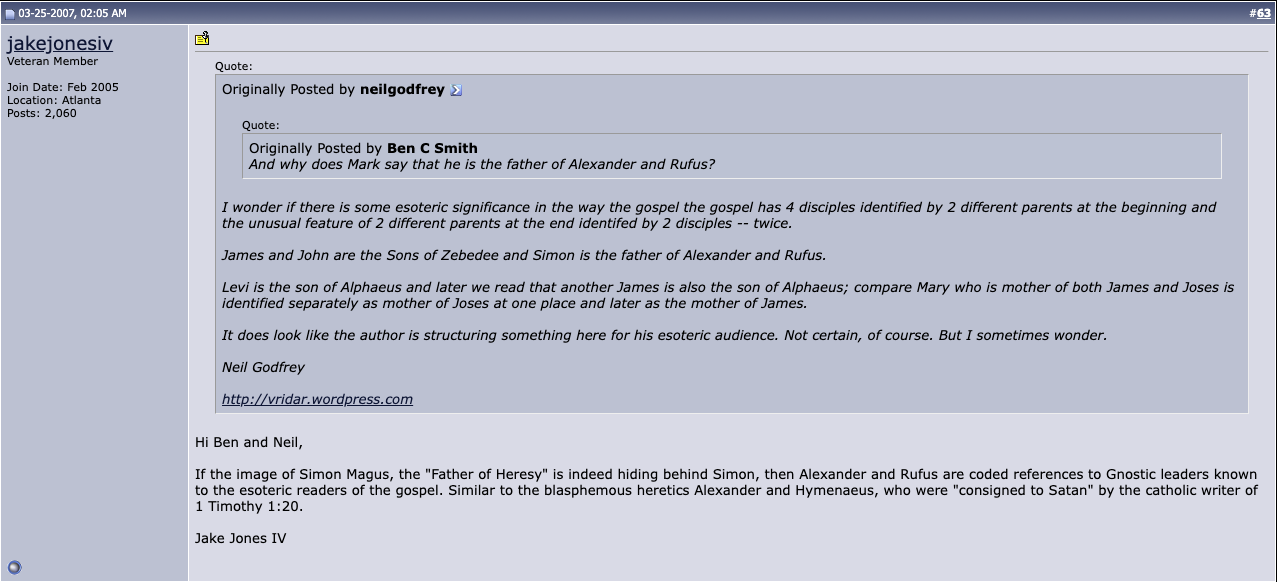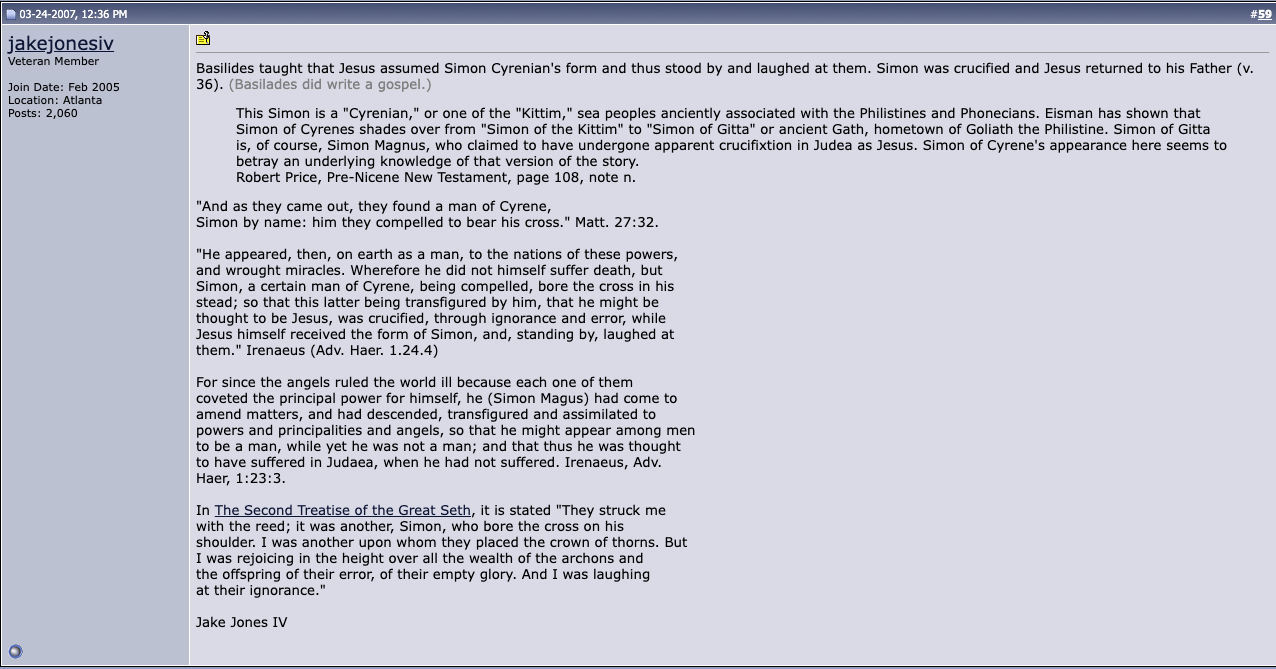The best explanation I have read for the meaning of the story of the 2 trees in the Garden of Eden came from Thompson’s The Mythic Past.
The Genesis story warns that wisdom will make Adam and Eve like gods and then they will die.
They eat of wisdom, and the wisdom they learn is that they are naked. That is what their wisdom is: knowledge of their nakedness. Sounds pretty dumb. How can that be called being made “wise”?
But the story continues. Adam and Eve have become as gods (elohim) or God — God himself said this, Gen.3:22 — and then are sentenced to death.
All their wisdom does for them is to cause them to see they are naked, and then die.
The story does not quite flow. This has opened it up for later generations imputing their own pet speculations of what exactly is the meaning of the fruit, etc. Continue reading “The Tree of Wisdom in the Garden of Eden”
Like this:
Like Loading...


